This article was co-authored by Joshua U. Klein, MD, FACOG. Dr. Joshua U. Klein is a board certified Reproductive Endocrinologist, an Assistant Clinical Professor at the Icahn School of Medicine at Mount Sinai, and the Co-Founder of Extend Fertility. He specializes in IVF, egg freezing, infertility, fertility preservation, artificial insemination, and treating polycystic ovarian syndrome (PCOS). Dr. Klein has been published in numerous peer-reviewed academic journals such as Science, Fertility and Sterility, and Obstetrics and Gynecology. He holds a BA in English from Yeshiva University and an MD from Harvard Medical School.
This article has been viewed 29,285 times.
Abdominal injections are commonly used for many types of problems, such as diabetes, autoimmune diseases and sometimes dwarfism. They are a type of subcutaneous injection (injection given to the fatty area between skin and muscle), so while the needle length may vary, the needle generally won't be extremely long.[1] Self injecting can be hard, as it requires you to be both the patient and the doctor, but with time and practice, it will become easier. This guide will teach you some tips and tricks to correctly self-inject into your abdomen.
Steps
Preparing the Injection[2]
-
1Wash your hands. Injections need to be clean to prevent infection, so wash your hands thoroughly, preferably with soap and water.[3]
-
2Choose an injection site. Find a spot 2 in (5.1 cm) fingers left or right of your belly button. Then move a little up or down from it.[4] You can also inject below the belly button, but it will most likely hurt more.
- Avoid the belly button in all cases.
Advertisement -
3Avoid injecting into a vein, unless this is where your doctor told you to perform the injection. Injecting into a vein, unless otherwise instructed, can cause unnecessary pain. Try to look for telltale lines of a blood vessel and adjust away from it.
-
4
-
5Pinch the area around the injection site lightly. This will move the injection site away from muscle, making your target more direct and also making the injection less painful.
Performing the Injection
-
1Inject. Hold the syringe with your dominant hand, as this will make your injection much more accurate and easier to control. Push the needle down into the skin with your wrist at a 90 degree angle without using extra force.[9] [10] Once the needle is in the skin, pull back on the plunger to make sure that the needle is not sitting inside a small blood vessel.[11] If you don't see blood in the syringe, push the needle all the way in unless you are given specific instructions not to do so by your doctor or pharmacist.
- Press the trigger slowly so your hand won't waver. If your needle is electronic, click the button and slowly bring your hand to the syringe again, to steady it.
-
2Wait a few seconds before taking the needle out. After you're done injecting, make sure that the medication stays in without any problems by counting (slowly) to at least 10 before moving on and taking the needle out.
-
3Take the needle out slowly. Lift your hand/wrist upwards to separate the needle from the skin. Don't do this swiftly as it might cause pain. Don't flex or tighten your muscles when doing this; it might push the medication out.
-
4Hold a cotton ball to the injection site, if necessary, for 10 seconds. This will stop blood flow and keep the injection site clean. If the needle is short, this won't be needed.[12]
-
5Write down your injection site in a notebook. If the injection needs to be taken daily, the injections sites should vary from day to day.[13]
- For example, if an injection is taken on the left side of the abdomen, the next injection should be taken on the right side.
-
6Dispose of any contents. Throw away all disposable supplies to keep things as sanitary as possible. Don't worry about wasting; safety is the most important.[14]
- Needles, wipes and cotton balls should be thrown away.
- Always dispose of needles in a safe container to keep you and others safe. Do not re-use needles or share them with others.
- If the syringe is in "pen" form, keep it. However, make sure to not keep the connectable needles. These should be disposed of.
-
7Store the medication. Most meds need to be refrigerated, so make you know how to store them. Check with your doctor or pharmacist to find out if your medication needs to be refrigerated, at which temperature and if it needs to get to room temperature before injection.
Expert Q&A
-
QuestionCan you self inject yourself?
 Joshua U. Klein, MD, FACOGDr. Joshua U. Klein is a board certified Reproductive Endocrinologist, an Assistant Clinical Professor at the Icahn School of Medicine at Mount Sinai, and the Co-Founder of Extend Fertility. He specializes in IVF, egg freezing, infertility, fertility preservation, artificial insemination, and treating polycystic ovarian syndrome (PCOS). Dr. Klein has been published in numerous peer-reviewed academic journals such as Science, Fertility and Sterility, and Obstetrics and Gynecology. He holds a BA in English from Yeshiva University and an MD from Harvard Medical School.
Joshua U. Klein, MD, FACOGDr. Joshua U. Klein is a board certified Reproductive Endocrinologist, an Assistant Clinical Professor at the Icahn School of Medicine at Mount Sinai, and the Co-Founder of Extend Fertility. He specializes in IVF, egg freezing, infertility, fertility preservation, artificial insemination, and treating polycystic ovarian syndrome (PCOS). Dr. Klein has been published in numerous peer-reviewed academic journals such as Science, Fertility and Sterility, and Obstetrics and Gynecology. He holds a BA in English from Yeshiva University and an MD from Harvard Medical School.
Board Certified Reproductive Endocrinologist You can, but you should definitely practice beforehand. Ask a doctor to help walk you through the injection process, or watch a credible, easy-to-follow video tutorial.
You can, but you should definitely practice beforehand. Ask a doctor to help walk you through the injection process, or watch a credible, easy-to-follow video tutorial. -
QuestionWhat should I do after my injection?
 Joshua U. Klein, MD, FACOGDr. Joshua U. Klein is a board certified Reproductive Endocrinologist, an Assistant Clinical Professor at the Icahn School of Medicine at Mount Sinai, and the Co-Founder of Extend Fertility. He specializes in IVF, egg freezing, infertility, fertility preservation, artificial insemination, and treating polycystic ovarian syndrome (PCOS). Dr. Klein has been published in numerous peer-reviewed academic journals such as Science, Fertility and Sterility, and Obstetrics and Gynecology. He holds a BA in English from Yeshiva University and an MD from Harvard Medical School.
Joshua U. Klein, MD, FACOGDr. Joshua U. Klein is a board certified Reproductive Endocrinologist, an Assistant Clinical Professor at the Icahn School of Medicine at Mount Sinai, and the Co-Founder of Extend Fertility. He specializes in IVF, egg freezing, infertility, fertility preservation, artificial insemination, and treating polycystic ovarian syndrome (PCOS). Dr. Klein has been published in numerous peer-reviewed academic journals such as Science, Fertility and Sterility, and Obstetrics and Gynecology. He holds a BA in English from Yeshiva University and an MD from Harvard Medical School.
Board Certified Reproductive Endocrinologist Massage the injection site to help the medicine disperse properly. This prevents the medicine from accumulating in one spot, which can lead to soreness.
Massage the injection site to help the medicine disperse properly. This prevents the medicine from accumulating in one spot, which can lead to soreness. -
QuestionHow can I make my self injections hurt less?
 Joshua U. Klein, MD, FACOGDr. Joshua U. Klein is a board certified Reproductive Endocrinologist, an Assistant Clinical Professor at the Icahn School of Medicine at Mount Sinai, and the Co-Founder of Extend Fertility. He specializes in IVF, egg freezing, infertility, fertility preservation, artificial insemination, and treating polycystic ovarian syndrome (PCOS). Dr. Klein has been published in numerous peer-reviewed academic journals such as Science, Fertility and Sterility, and Obstetrics and Gynecology. He holds a BA in English from Yeshiva University and an MD from Harvard Medical School.
Joshua U. Klein, MD, FACOGDr. Joshua U. Klein is a board certified Reproductive Endocrinologist, an Assistant Clinical Professor at the Icahn School of Medicine at Mount Sinai, and the Co-Founder of Extend Fertility. He specializes in IVF, egg freezing, infertility, fertility preservation, artificial insemination, and treating polycystic ovarian syndrome (PCOS). Dr. Klein has been published in numerous peer-reviewed academic journals such as Science, Fertility and Sterility, and Obstetrics and Gynecology. He holds a BA in English from Yeshiva University and an MD from Harvard Medical School.
Board Certified Reproductive Endocrinologist Prepare the skin with ice or numbing cream, which should help the injection hurt less.
Prepare the skin with ice or numbing cream, which should help the injection hurt less.
Warnings
- Some injections shouldn’t be injected as an abdominal injection. Make sure to find out about your needle and medication first.⧼thumbs_response⧽
Things You’ll Need
- Syringe/Pen
- Needle
- Alcohol wipes
- Cotton balls
References
- ↑ https://www.nursingtimes.net/clinical-archive/assessment-skills/injection-technique-2-administering-drugs-via-the-subcutaneous-route-28-08-2018/
- ↑ https://www.drugs.com/cg/how-to-give-a-subcutaneous-injection.html
- ↑ https://opentextbc.ca/clinicalskills/chapter/6-7-intradermal-subcutaneous-and-intramuscular-injections/
- ↑ https://myhealth.alberta.ca/Health/aftercareinformation/pages/conditions.aspx?hwid=abl4055
- ↑ Joshua U. Klein, MD, FACOG. Board Certified Reproductive Endocrinologist. Expert Interview. 20 August 2021.
- ↑ Joshua U. Klein, MD, FACOG. Board Certified Reproductive Endocrinologist. Expert Interview. 20 August 2021.
- ↑ Joshua U. Klein, MD, FACOG. Board Certified Reproductive Endocrinologist. Expert Interview. 20 August 2021.
- ↑ Joshua U. Klein, MD, FACOG. Board Certified Reproductive Endocrinologist. Expert Interview. 20 August 2021.
- ↑ Joshua U. Klein, MD, FACOG. Board Certified Reproductive Endocrinologist. Expert Interview. 20 August 2021.
- ↑ https://www.drugs.com/cg/how-to-give-a-subcutaneous-injection.html
- ↑ Joshua U. Klein, MD, FACOG. Board Certified Reproductive Endocrinologist. Expert Interview. 20 August 2021.
- ↑ Joshua U. Klein, MD, FACOG. Board Certified Reproductive Endocrinologist. Expert Interview. 20 August 2021.
- ↑ https://www.drugs.com/cg/how-to-give-a-subcutaneous-injection.html
- ↑ https://opentextbc.ca/clinicalskills/chapter/6-7-intradermal-subcutaneous-and-intramuscular-injections/
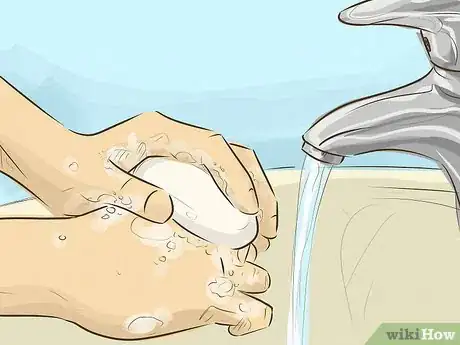
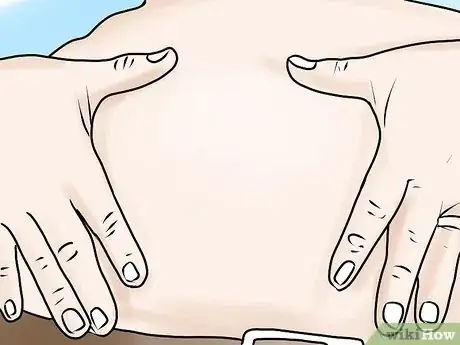
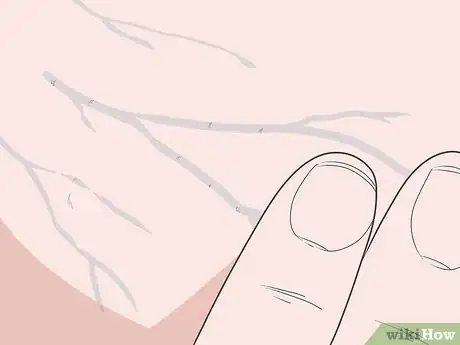
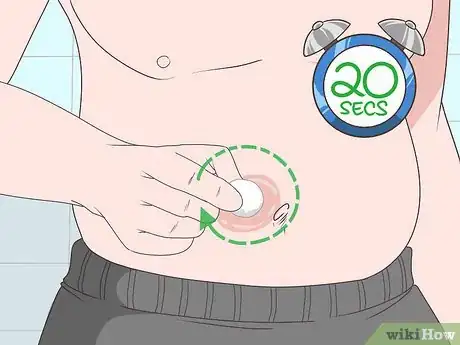

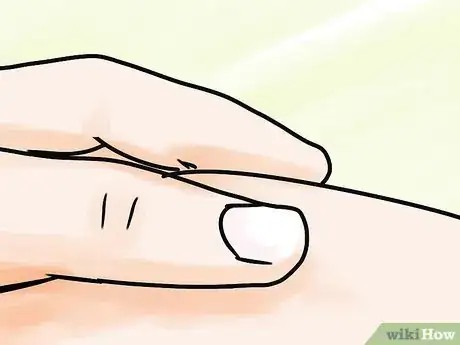

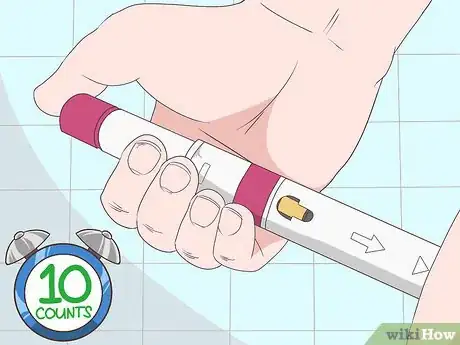
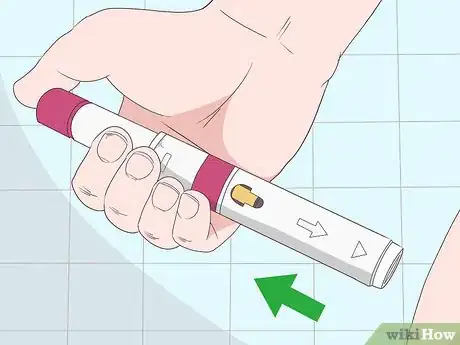
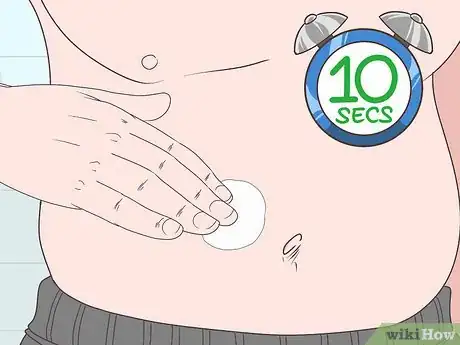
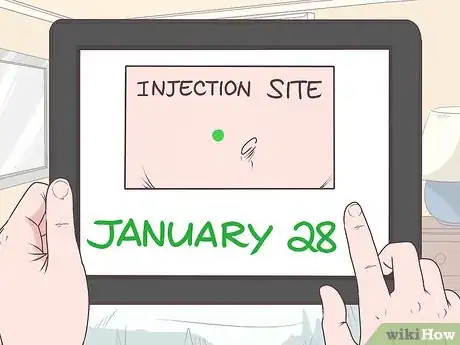
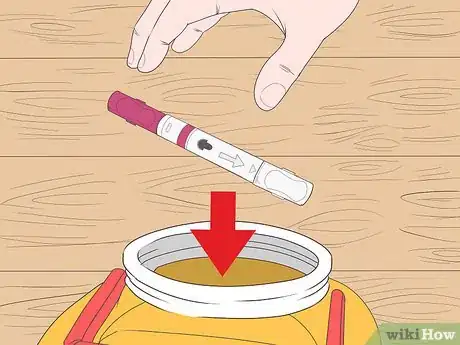
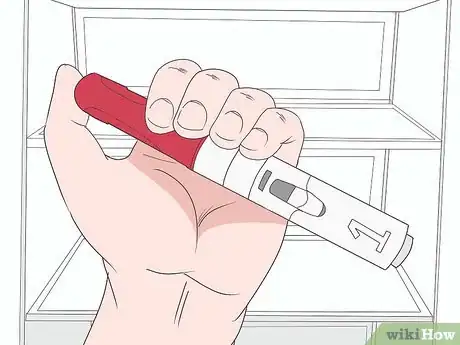
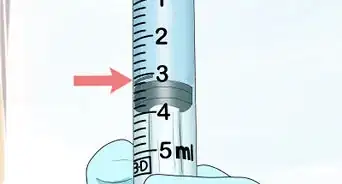

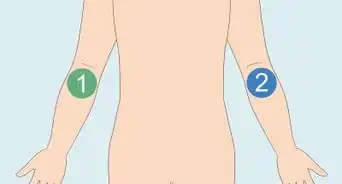

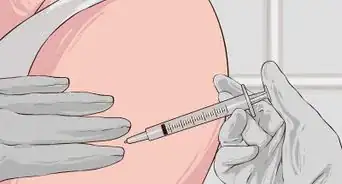

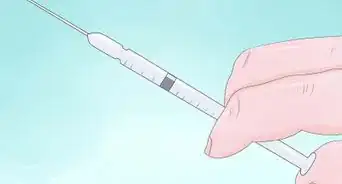
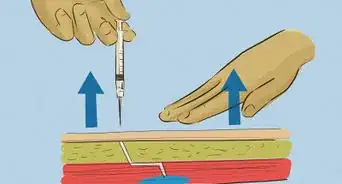
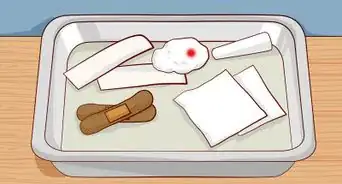
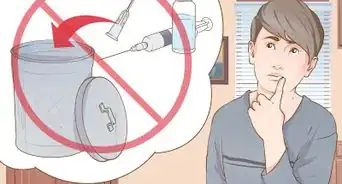
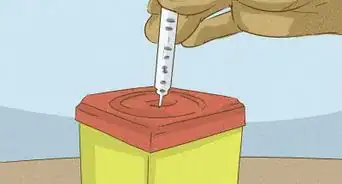
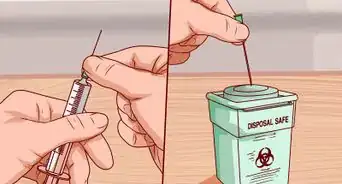
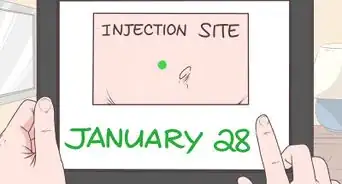
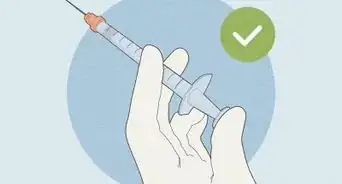






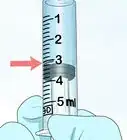







































Medical Disclaimer
The content of this article is not intended to be a substitute for professional medical advice, examination, diagnosis, or treatment. You should always contact your doctor or other qualified healthcare professional before starting, changing, or stopping any kind of health treatment.
Read More...